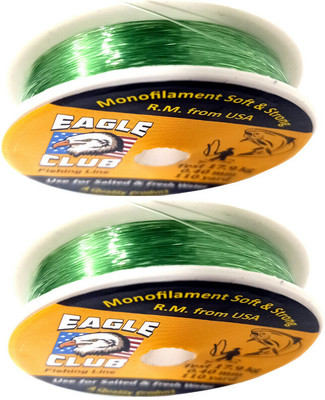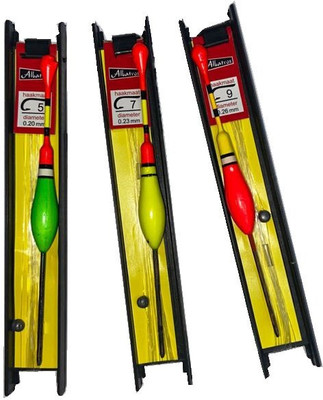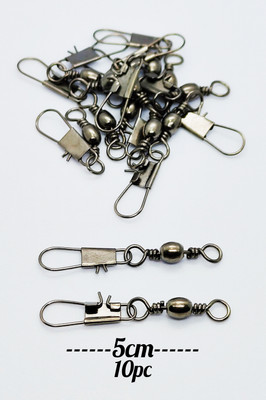
BESTSELLER
Get notified when this item comes back in stock.
Share
Rudra Fishing Spinning reel bg-200 (Spincast)
4.1
15 Ratings & 0 Reviews₹499
₹999
50% off
Seller
Description
A fishing reel is a mechanical device used in angling to deploy and retrieve fishing line. It typically consists of a spool mounted on an axle, gears, and a handle. The reel can be attached to a fishing rod and is essential for casting bait or lures and reeling in fish.
There are several types of fishing reels, each designed for specific fishing techniques and preferences:
1. Spinning Reels: These are one of the most popular types of reels due to their versatility and ease of use. They feature an open-faced design with a fixed spool and are suitable for various fishing applications, including freshwater and saltwater fishing.
2. Baitcasting Reels: Baitcasters are commonly used by experienced anglers for targeting larger fish species. They feature a revolving spool positioned perpendicular to the rod, allowing for precise casting and control over the line's release.
3. Spincast Reels: Spincasting reels are often recommended for beginners or casual anglers due to their simplicity and tangle-free operation. They have a closed-face design with a push-button release mechanism, making them easy to use.
4. Fly Reels: Fly reels are specifically designed for fly fishing, where anglers use artificial flies as bait. They have a large arbor spool to accommodate the bulkier fly fishing lines and provide smooth line retrieval.
5. Offshore Reels: These heavy-duty reels are designed for offshore fishing, targeting large game fish species such as marlin, tuna, and swordfish. They feature robust construction, high line capacity, and powerful drag systems to handle the challenges of deep-sea fishing.
Fishing reels come in various sizes, materials, and configurations to suit different fishing environments and preferences. Key features to consider when choosing a fishing reel include gear ratio, drag system, line capacity, construction materials, and ergonomics. Proper maintenance and care are essential to ensure the longevity and performance of fishing reels.
Read More
Specifications
| Brand |
|
| Model Number |
|
| Line Capacity |
|
| Type |
|
| Grip Type |
|
| Body Material |
|
| Drag Type |
|
| Gear Ratio |
|
| Model Name |
|
| Suitable For |
|
| Ball Bearing |
|
Manufacturing, Packaging and Import Info
Ratings & Reviews
4.1
★
15 Ratings &
0 Reviews
- 5★
- 4★
- 3★
- 2★
- 1★
- 8
- 4
- 1
- 0
- 2
Have you used this product? Be the first to review!
Questions and Answers
Q:Does it have lock
A:yes, It has
BrandofTrades
Flipkart Seller0
0
Report Abuse
Didn't get the right answer you were looking for
Safe and Secure Payments.Easy returns.100% Authentic products.
Back to top






